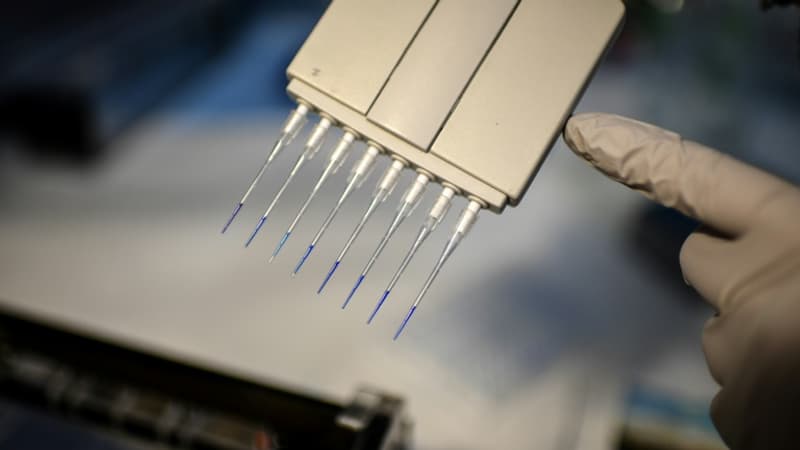A new virus to take into account? An unknown virus, for the time being called circovirus HCirV-1, was discovered in France by scientists from the Pasteur Institute, the Necker-Enfants Malades AP-HP Hospital, the Imagine Institute of Inserm, the Paris-Cité University and the National School of Vet. of Alfort (EnvA). Their findings were published in an article in the journal emerging infectious diseasesJanuary 3.
An immunocompromised patient
Circovirus belongs to a family of circoviridae, “very resistant small DNA viruses,” according to the Pasteur Institute. This family was discovered in 1974 and the viruses that make it up are usually detected in animals, particularly pigs or certain birds, in which they cause “respiratory, kidney, dermatological and reproductive problems.” This is the first time that a virus from this family has been detected in humans.
It all started last year, when a new virus, classified as circoviridae, was detected in a 61-year-old woman. The patient does not have an ordinary profile, she suffers from hepatitis and underwent a double heart and lung transplant seventeen years earlier. Since then, she has been immunocompromised and must undergo treatment.
Researcher Marc Eloit, author of the study, head of the Pathogen Discovery laboratory at the Institut Pasteur and professor of virology at the Alfort National Veterinary School (EnvA), explains to BFMTV.com that the patient was therefore “very medically controlled.
Hepatic injury
Suddenly, in the last year, you have “significantly elevated liver enzyme levels,” which may be a sign of a “liver infection.” Therefore, the teams are working to determine the origin, but “investigations show nothing known.” This is how a new virus is identified.
An “unexpected to say the least” discovery, says Marc Eloit in a press release.
It is then provisionally named Human Circovirus 1 or HCirV-1. The sixty-year-old is now cured, but he suffered liver damage, some cells having been destroyed.
“Analyze the frequency of the virus”
Marc Eloit assures BFMTV.com that “there is no particular concern” on the part of researchers after the discovery of this virus.
Same speech by the epidemiologist Antoine Flahault, for whom there are no reasons to be alarmed by the particular profile of the patient. “We shouldn’t worry about discovering a single case in a patient, who also has very particular immunity,” he told BFMTV.com.
For researchers, no epidemic in sight at the moment. The goal now is to “analyze the frequency of the virus in humans.”
The origin of the virus is still unknown.
For now, the origin of the virus and its source of infection have not yet been identified to scientists. The question is whether the virus comes “from humans, but remained unknown, or from animals, but entered humans,” says the researcher.
“When we discover a virus, we want to know if the virus is new or just discovered. Most likely, the virus has been around for a long time,” he said.
“In order to adapt the treatment and follow-up of patients, it is essential that we know the cause of hepatitis, and especially to know if it is viral”, indicates the researcher Anne Jamet in her part in the conclusions of the investigation. , author of the study and member of the clinical microbiology service at Hospital Necker-Enfants Malades AP-HP, affiliated with Inserm.
A PCR test already developed
Following this discovery, the researchers developed a PCR test aimed at detecting the patients in question as quickly as possible. A serological test should follow.
“The next step is to detect if there are other cases. We will test other patients by PCR and look for antibodies against the virus in the general human population,” says Marc Eloit.
In the spring of 2022, the WHO raised the alarm after the detection of cases of acute hepatitis in children in twenty different countries, including the United Kingdom.
Source: BFM TV


